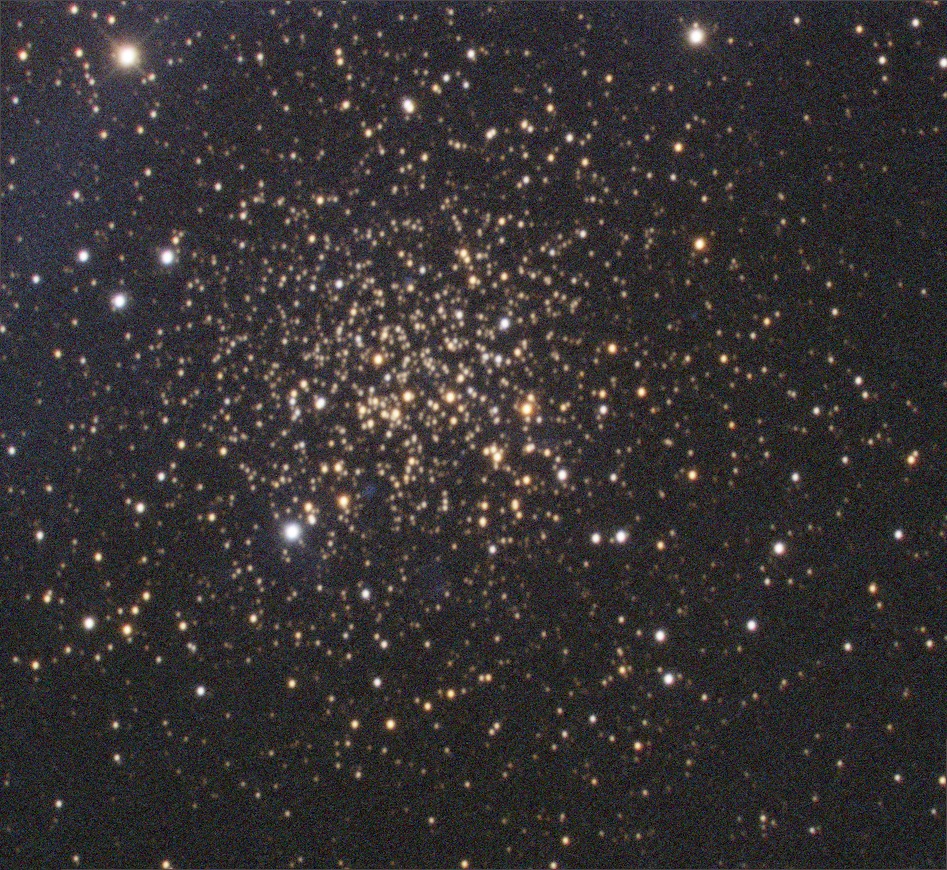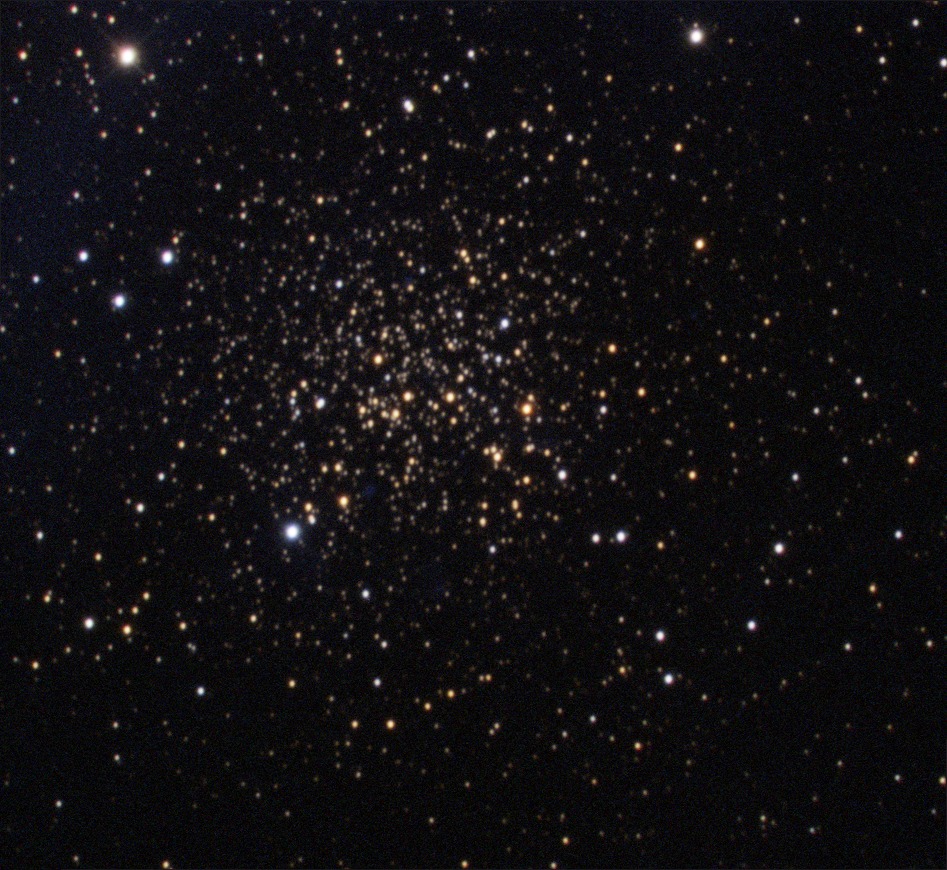NGC 2158 is an intermediate-age cluster in the northern hemisphere of the sky, specifically in the constellation Gemini. It was discovered by William Herschel in 1784 and is estimated to be around 10 billion years old. Containing approximately 125,000 stars. This Globular Cluster is located about 16,000 light-years away from Earth.
Additionally, a recent study by Tomasz Nowakowski published in (2020) discovered that NGC 2158 is a low-metallicity galactic open cluster. Meaning that the cluster’s stars, which arise from the same massive molecular cloud, are loosely gravitationally attached to one another.
A review was left by Lee Dyson in the paper about NGC 2158 and its sibling cluster M35 (Messier 35) in (2021). They are “a terrific combination to picture,” he says, citing the different sizes and densities of each cluster.
Procedure
In order to study NGC 2158 and investigate its properties as a whole, I have collected many varieties of images with specific telescopes and settings using Skynet’s tools. Allowing me to photograph 15 incredible pictures in R, G, and B filters. And with a combination of Afterglow and Cluster Pro Plus, I was able to create colored images of the cluster and collect data.


As we look at the two images side by side, we can observe that the reddened image looks dustier. This can be explained by the interstellar dust scattering and absorbing starlight, which results in the reddening and obscuring of the cluster’s pictures.
Results
The following is a graph created using Cluster Pro Plus, allowing me to gather more results.

After photographing NGC 2158 and creating beautiful colored images, I was interested in learning more about the cluster. And using images allowed me to collect more data tuned to my own calculations. The cluster contains a great abundance of very old yellow and blue giants. Additionally, there is also a number of main sequence stars. Ultimately, this cluster is a hotspot for studying main-sequence stars and gas giants, which is what makes it an interesting cluster to investigate.